
A constellation of charming tiny villages is scattered throughout Andalucía, especially in the provinces of Cádiz and Málaga, and you can go on tours to visit them. Their medieval past is still in the air. Their narrow and uneven streets and their whitewashed façades remind of their Muslim origins. This bright treasure hides in the heart of the community, waiting for you to discover them and enjoy a memorable experience. Let’s explore some of the most beautiful Andalusian pueblos blancos (‘white villages’.)
Arcos de la Frontera rises up on the crest of one of the Guadalete river’s cliffs, and it’s seen as one of the most beautiful villages in Spain. Fortresses used to lay on its top, due to its traditional use as a defensive spot in an age that is still part of its name, as in many other towns of this region. Nowadays, its highest point holds breathtaking viewpoints, like the Arcos viewpoint. Don’t miss the opportunity to visit its tiny and charming churches and the Andalusi gardens of the Mayorazgo palace. Both places are particularly stunning.

Arcos de la Frontera. | Shutterstock
In the province of Granada, Capileira illustrates the beauty of both Poqueira cliff, where it rests, and the region of Alpujarras, detached from the city of Granada by the Sierra Nevada massif. On the top of the cliff, you will find this pueblo blanco of great beauty and steep labyrinthine streets which unveil plenty of secrets like the Iglesia de la Virgen de la Cabeza. The postal is impressive and so is the peace that you breathe here. It is one of the most beautiful pueblos blancos in Andalucía and one of the most exciting.
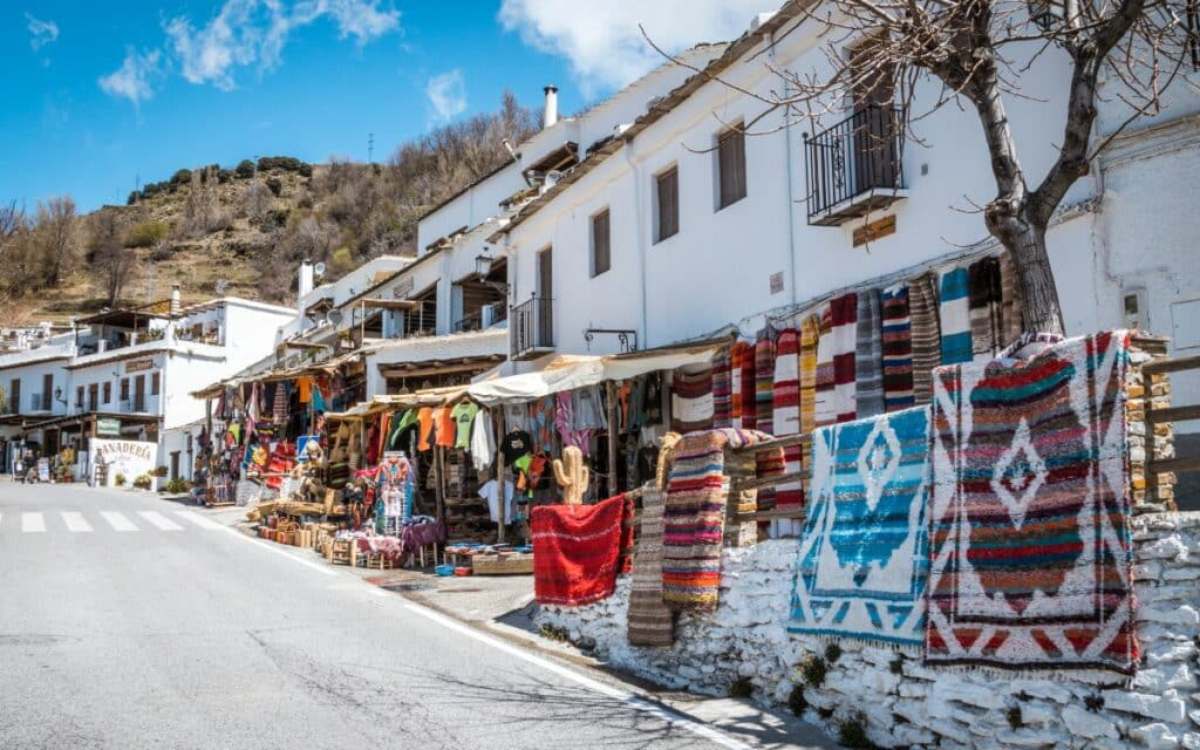
Capileira. | Shutterstock
There are plenty of corners to explore and enjoy in Casares, in the province of Málaga. This village has been declared a Historic-Artistic Site thanks to the beauty and the good condition of its streets, and the great number of monuments that can be visited as well. Casa Natal de Blas Infante is one of them – the home of the politician Blas Infante, known as Padre de la Patria Andaluza (or ‘father of Andalusian nationalism’.) Casares is everything that comes to your mind when you think of an Andalusian pueblo blanco.

Casares. | Shutterstock
Not only it is known as one of the most beautiful pueblos blancos in Andalucía, but one of the most beautiful villages in Spain. Cazorla lies in the province of Jaén, settled in the Parque Natural Sierras de Cazorla, Segura y Las Villas, the largest protected area in Spain. As you can imagine, the landscape is astonishing. Like many other Andalusian villages, Cazorla houses a castle, the Yedra castle, at its highest point, around 800 metres above sea level.
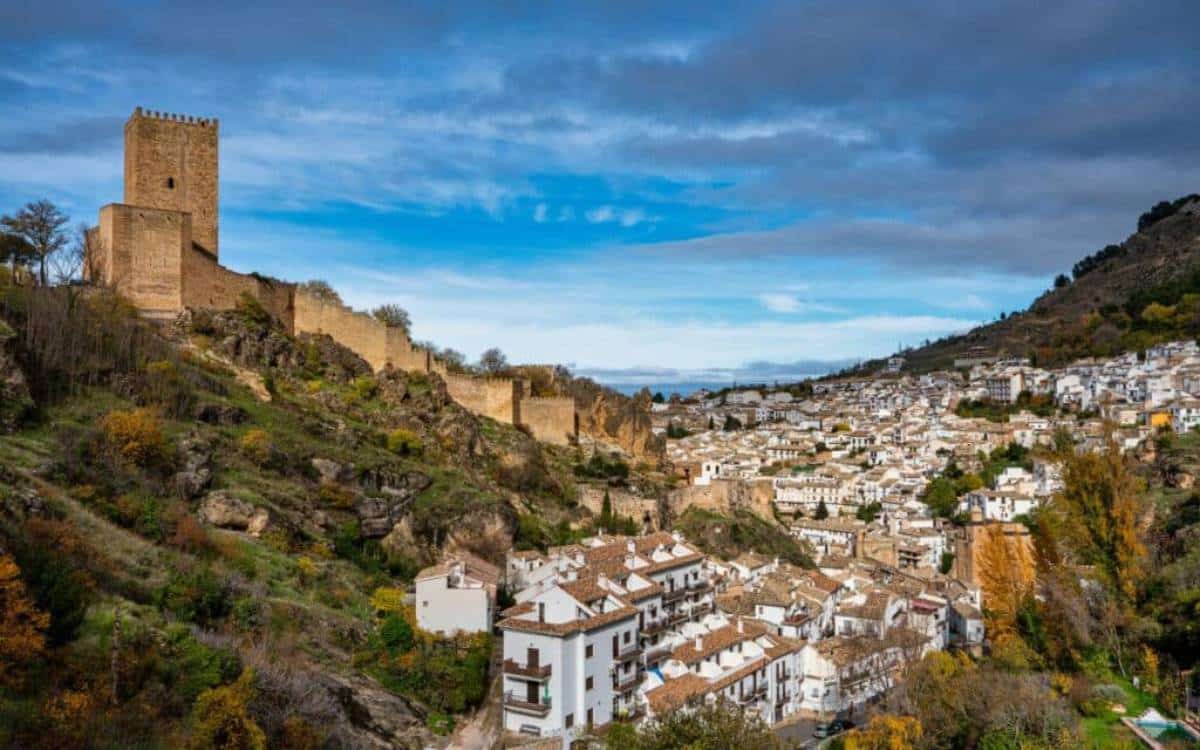
Cazorla. | Shutterstock
You must visit this singular village and watch its particular configuration. Setenil de las Bodegas is nestled between foothills and rocks, so its houses and streets blend with the rock. As a result, you will find cave houses throughout the uneven urban scenery. These features only make this village one of the most popular stops in the route of pueblos blancos. Due to the remains of its Almohade castle and its viewpoints, Setenil is a obligatory stop that you will remember forever. It is more than a beautiful Andalusian pueblo blanco, it is one of the most interesting and fascinating.
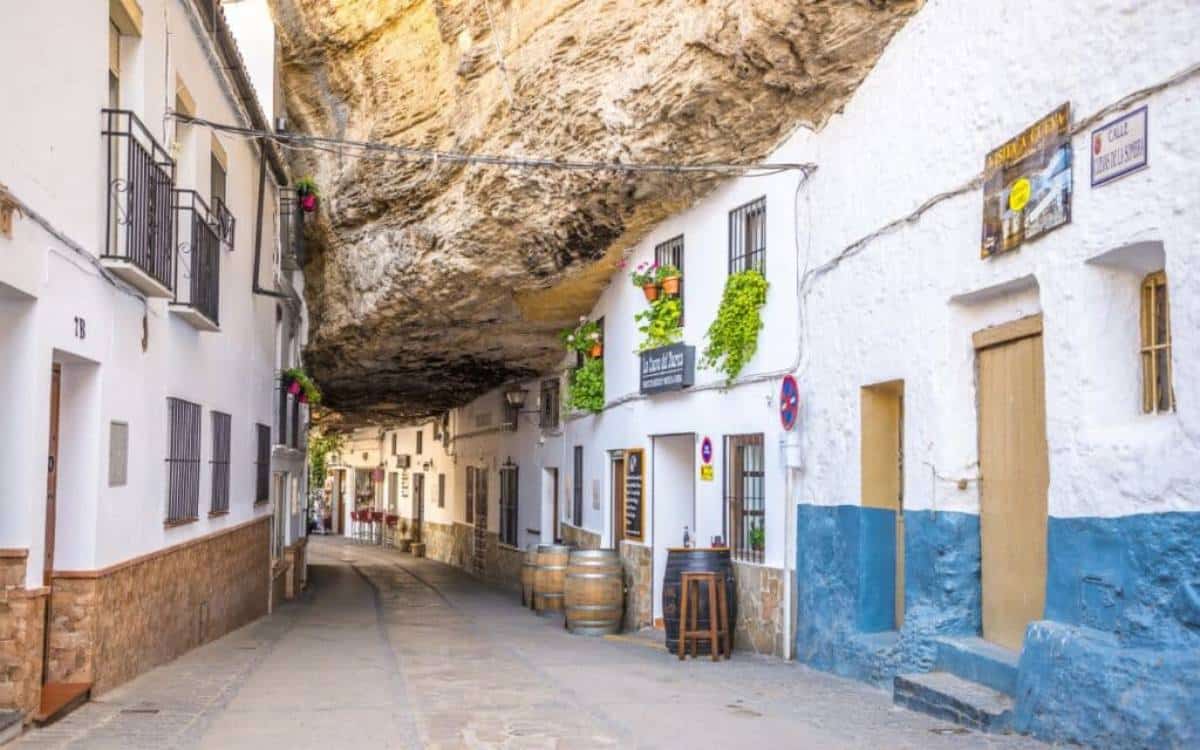
Setenil de las Bodegas. | Shutterstock
In the locality of Vejer de la Frontera you will discover a beautiful labyrinth of tiny streets where anyone would want to get lost and time seems to have stopped long ago. The tradition of ‘las tapadas’ (‘the veiled women’) proves this. These women used to cover themselves with veils because of past Muslim presence. Nowadays, a statue honours them. Vejer needs to be enjoyed as a whole, wandering around its yards of geraniums and its viewpoints that offer the greatest views of the countryside. However, you can’t skip some of the loveliest stops at this village – Plaza de España and its tiled fountain and the Arco de Puerta Cerrada are some of them.
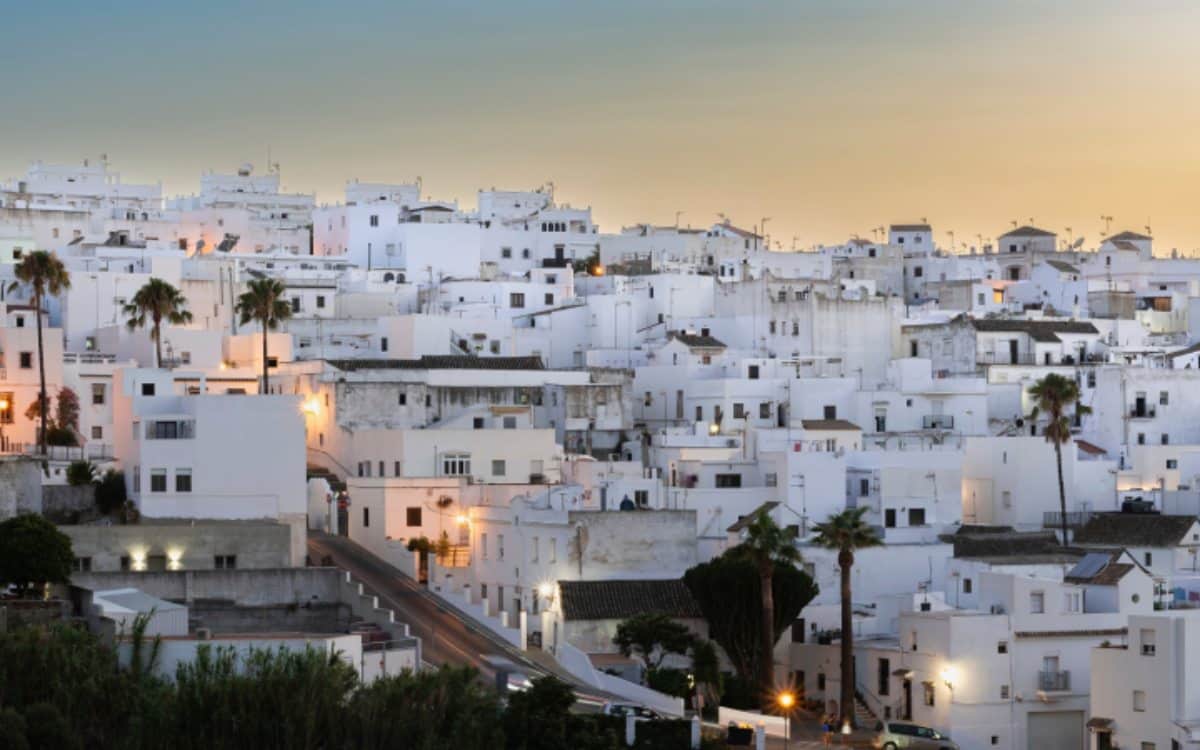
Vejer de la Frontera. | Shutterstock
This is one of the most beautiful and popular Andalusian pueblos blancos. The fascinating surroundings of Zahara de la Sierra are one of its main attractives. It lies on the ruins of a fortress settled on a rock, as it if were gazing on its population. It offers incredible views like the Zahara-el Gastor reservoir. Here you will find the typical Andalusian narrow and cobbled streets and monuments like Iglesia de Santa María de la Mesa, declared Bien de Interés Cultural (‘Asset of National Interest’.)
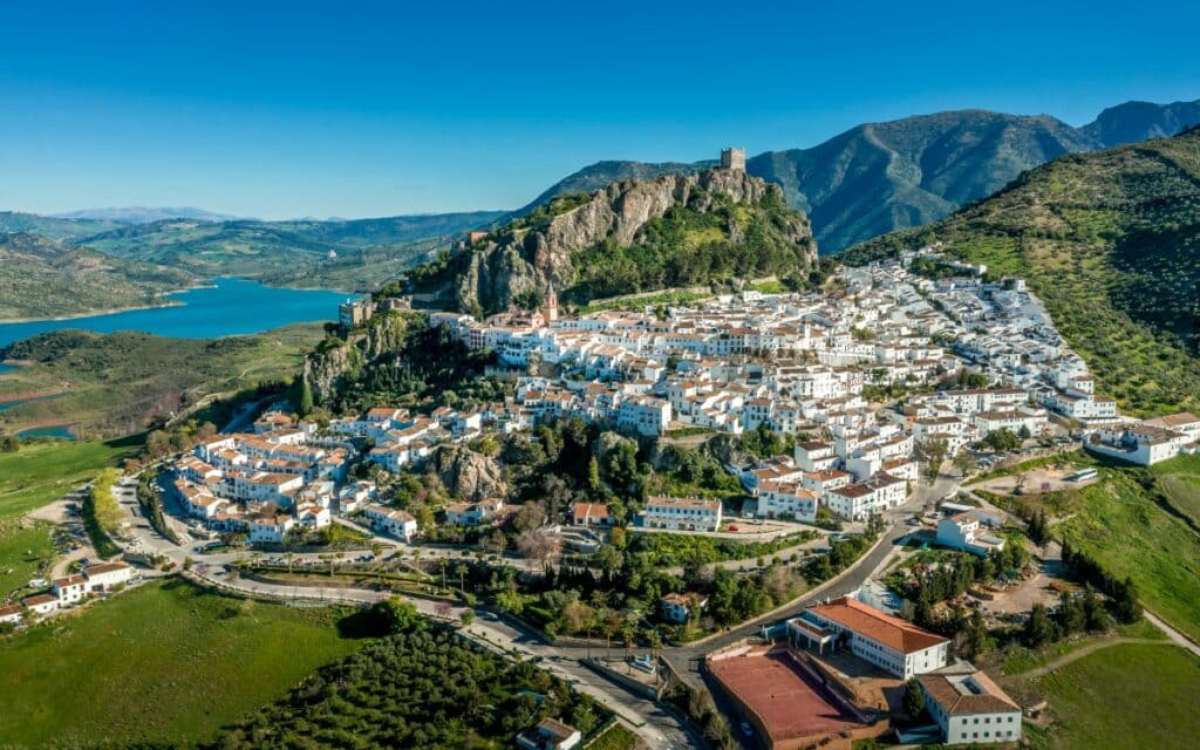
Zahara de la Sierra. | Shutterstock
In the region of the Subbética Cordobesa, acting as a natural frontier between it and the countryside, Zuheros is an unexpected gift to any visitor. Its intricate streets drives you to tiny squares where you will be able to breathe the essence of Andalucía. The path leads you to a singular castle integrated in the mountain. You will find Cueva de los Murciélagos (‘The Bats Cave’) in its surroundings, declared Bien de Interés Cultural (‘Asset of National Interest’) and Monumento Natural (‘Natural Monument’). This cave plays a decisive role in the comprehension of the region’s history. It is one of the most beautiful pueblos blancos of Andalucía and one of the most interesting as well.
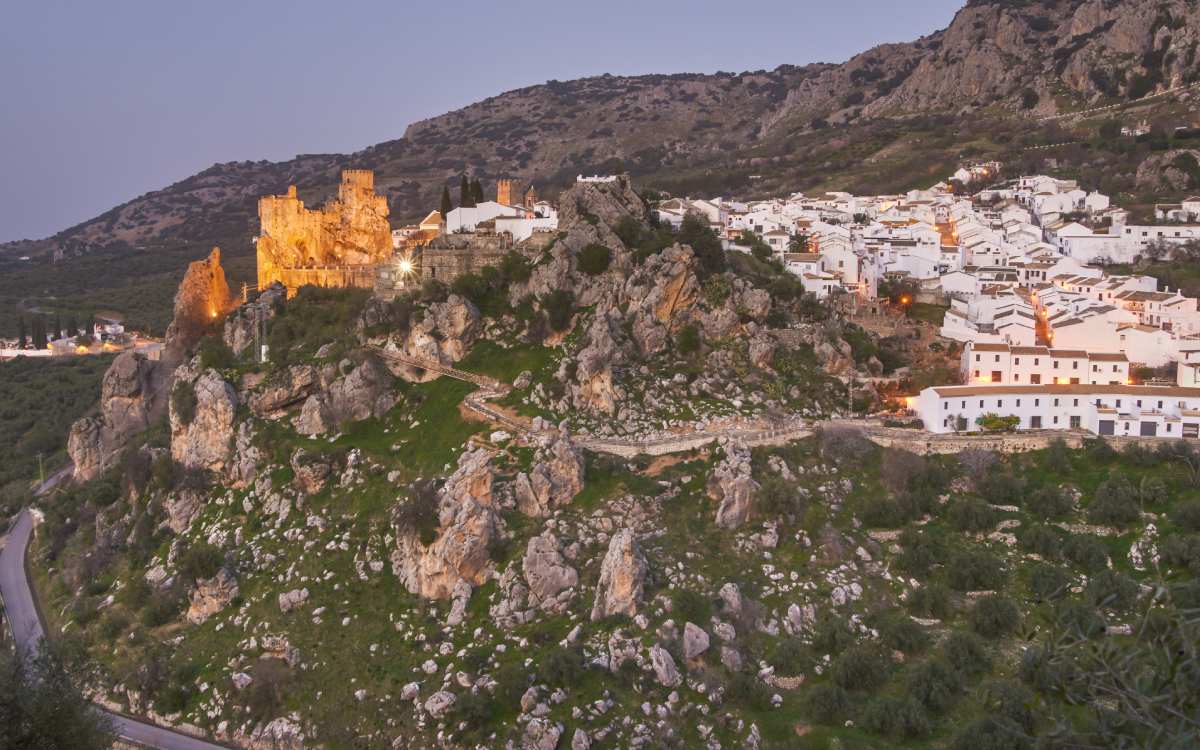
Zuheros. | Shutterstock
Now you know the most beautiful pueblos blancos in Andalucía. It is such a distinctive characteristic that we all can recognise them with just a simple look. But do you know why these pueblos blancos are white? They are whitewashed.
There are two reasons why Andalusian houses are white, the first one being health and hygiene. It’s easy: lime paint is used as a disinfectant. Initially, this product became popular due to diverse sanitary epidemics and it kept being used to prevent spread of disease in the end.
On the other hand, it serves as a remedy to the suffocating heat of Southern Spain. While dark colours absorb the sun’s rays, light colours reflect them. And do you know a lighter colour than white?
You can also read this article in Spanish here.
Follow us on Facebook!